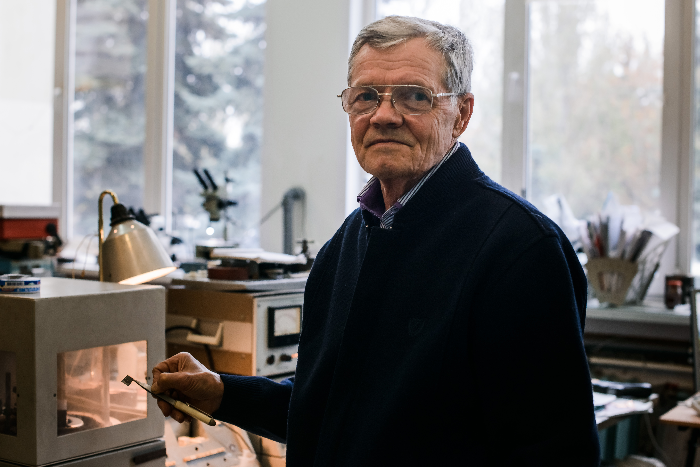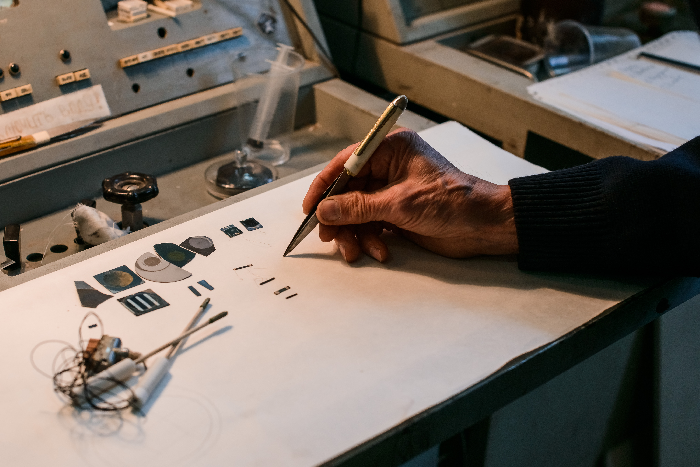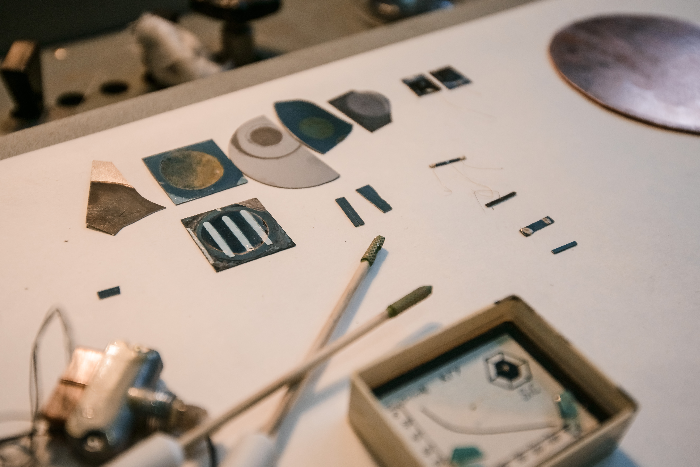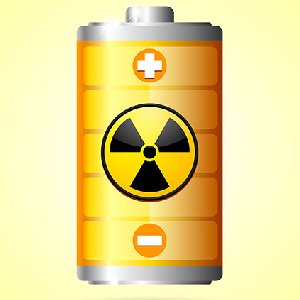Scientists of the Samara National Research University named after academician S. P. Korolyov developed technology which allows to create the battery with a life more than 100 years.
This technology is based on the energy transformation of a radioactive source to electrical energy. Radioactive isotope emits the flow of the electrons, and it's generate electrical energy.
"Thanks to isotope of electron, which generates source a beta radiation, we create a photo converters analog, but at the same time we don't need the sun", - the supervisor and the chief designer of the project, the associate professor of radiophysics, semiconductor micro and a nanoelectronics of the Samara university Victor Chepurnov emphasized.
Many scientists from all over the world are creating of power supplies by energy of radioisotopes. Experimental samples of nuclear batteries in Russia, and in Switzerland, and in the USA. The benefit of developments is that is that this product created on the basis of their technology will differ in environmentally-friendly, low cost and the long period of operation.
First, benefits carbon-14 application in the new battery as a radioactive source. The half-life of this element is 5700 years and at the same time, in difference, for example, from Ni-63, carbon-14 is nontoxical and differs in low cost.
The second innovative feature of the Samara university scientists a new porous silicon carbide as "substrate" under a radioactive element. Patented technology by Samara university scientists that differs from conventional: carbide film is forming by "an endotaksiya method" on a silicon substrate.
"This technology allows to reduce the cost of "substrate" by 100 times. Expenses are significantly reduced because we don't use traditional process of film formation on a silicon carbide substrate, – the member of team Samara university developers Albina Gurskaya remark
Indisputable advantage of silicon carbide structure is radiation tolerance. At the isotope radiation it's remains almost invariable, as allows to say that the battery manufactured on technology Samara university scientists will work beyond all bounds (by the standards of human life) long time.
First, field of "perpetual" battery application are "technologies of the future". Thanks to the compact sizes these power supplies will be ideal for different sensors in automated control systems, including for uninterrupted monitoring of oil and gas pipelines during all their life cycle in remote regions of Siberia, the Far East and the Arctic.
Sensors with the "perpetual" battery can widely be used also during creation of a highly complex mechanical movement as silicon carbide will operate to 350°C.
"We learned to do nano - and a mesopores on a silicon substrate, then to transform their unstable properties to stable. It means we transfer a silicon phase to a silicon carbide phase. It semiconductor material too. It is particularly resistant to chemical additives, able to function at a temperature to 350 degrees. Silicon sensors of temperatures function most to 200. Carbide silicon function at a temperature above 150 degrees. Radiation more passively, than silicon by 10 times, in case of the Chernobyl issue robots out of control, irradiation level on silicon carbide allowed 10 times above", - Victor Chepurnov commented.
The car developers focused attention to independent power supplies . The huge mass of sensors is expected function in "smart car" in the passive or active mode. Developers of various unmanned aviation vehicles interested in such power supplies as requirements of steady function with low weight and at the same time with a high power density are extremely important for them.
Great prospects for new batteries use open in medicine,especially in cardiology.The problem for cardioparients is a replacement of power supplies in the pacemaker sensors,setting a heart rhythm. Not all patients able to undergo a second surgery as often their life is limited to the term of pacemaker function.
Researches of Samara university scientists on development of new technology for batteries creation using radioactive isotopes began fifteen years ago. The patent for invention of new semiconductor structures for obtaining electric energy at the expense of radioisotopes was received. The establishment a new battery prototype is planned for October-November, 2016.






